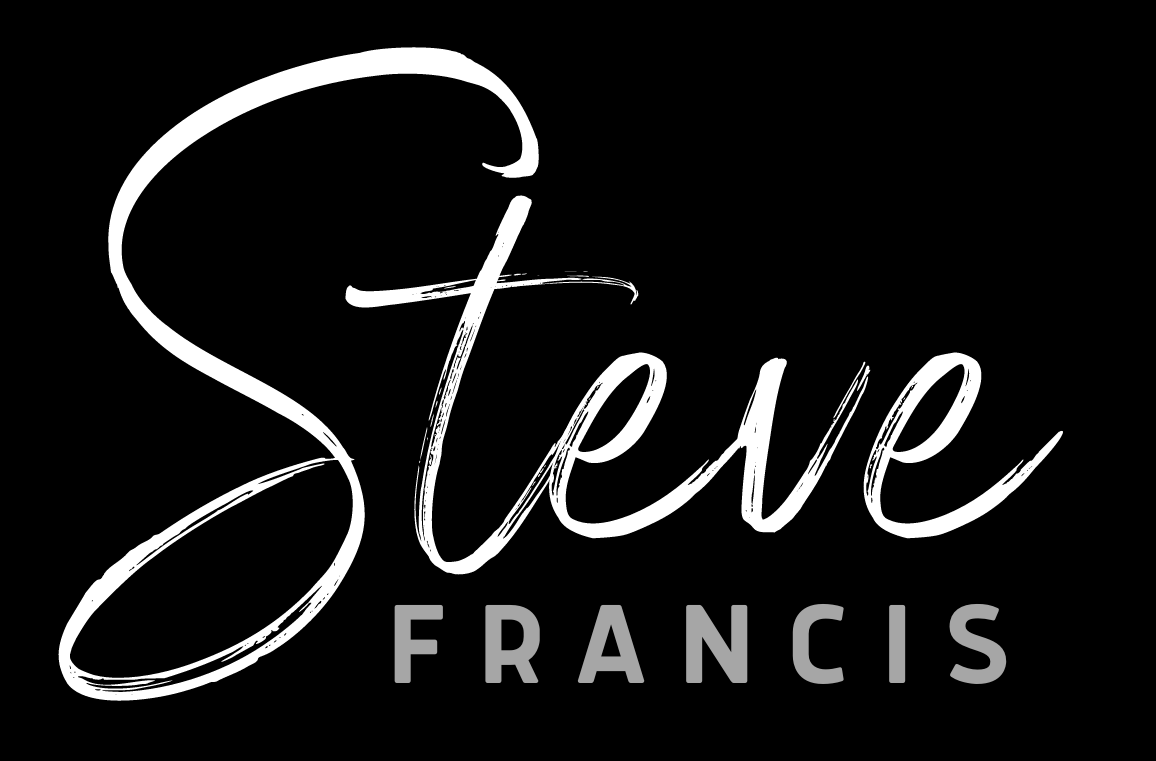My BIGGEST take away from my recent two week study tour to the USA with 20 awesome Aussie educators was the need to bring back MORE FUN into our classrooms.
We had an awesome trip – Apple Park, Amazon Spheres, Stanford University, Microsoft and Nikecampuses were awesome. The trip was organised by the Queensland Association of State School Principals (QASSP) with a specific focus on innovation.




Whilst the visits to those signature venues were amazing, the visits to Drayton High School and Tesla STEM High School left an indelible impression on the delegates. Having FUN is important for student learning and staff satisfaction.
The level of student engagement was clearly evident and directly linked to the energy, enthusiasm and passion of their teachers. The facilities in those schools were NOT better than the facilities provided to Australian students. However, we witnessed students who were absolutely engaged in real-world learning and supported by teachers who clearly LOVED what they were doing.
Key factors in creating this atmosphere of learning appeared to be the open-ended nature of the learning and providing a degree of student choice.
One of the other participants on the study tour, Anthony Ryan from the School Improvement Unit at Education Queensland shared his own philosophy on the importance of FUN in learning. He believed that FUN was an acronym for Functional Understanding and Networking because people have fun learning while doing with others. This was clearly evident at Drayton and Tesla High schools. Compliance and morale weren’t issues because students and staff were enjoying what they were doing.
I’m concerned that in Australia that ‘coverage’ of the curriculum may be killing off the enjoyment of learning. This is not a new phenomenon. For a number of years educators have witnessed that the love of learning of Prep age students is killed off by the time they enter high school. Sadly, they are no longer ‘sponges’ soaking up learning experiences and curious about the world. I feel guilty that I have contributed to putting out that fire in them.
This contrasts with the engagement of students and the enthusiasm of the teachers evident at Drayton and Tesla. I was reminded of the strategy that many schools had implemented to introduce Genius Hour or SOLE into their timetable.
Genius Hour was inspired by Google allocating one day per week for staff to pursue self-directed projects. It is reported that Gmail was the result of a Google employee pursuing his own interest in creating such a platform.
Schools who introduced Genius Hour allocated a block of time in the timetable each week (often an afternoon session on a designated day each week) for students to pursue their own self-directed learning. Teachers took on a support role rather than directing the learning (think guide on the side rather than sage on the stage).
Where schools set up Genius Hour as a school-wide initiative (often multi-age across Year 3 to 6 in primary or across a year levels or middle or senior school in high schools), the teachers identified an area that they personally had a particular area of interest or expertise and offered to host students who wanted to undertake some learning in that area (think astronomy, photography, geology, coding, video editing, entrepreneur etc).
At the end of a block of time (eg one term) the students presented what they had learned in an Expo or showcase. Check out more about Genius Hour HERE.
Revisiting Genius Hour could be a great way to rediscover a love of learning for both our students and our staff.

